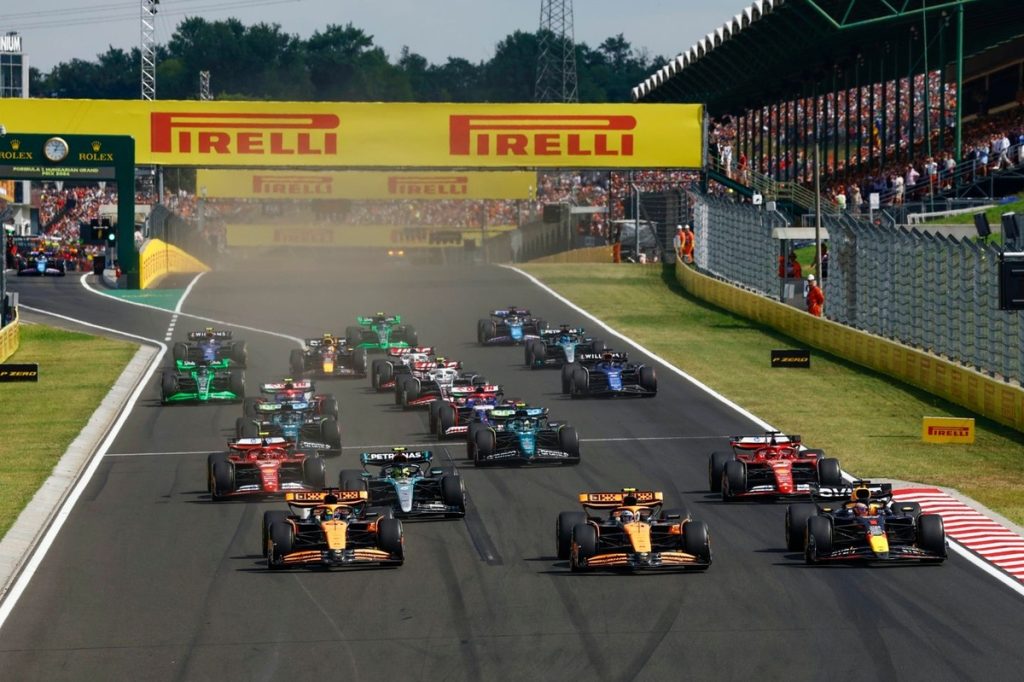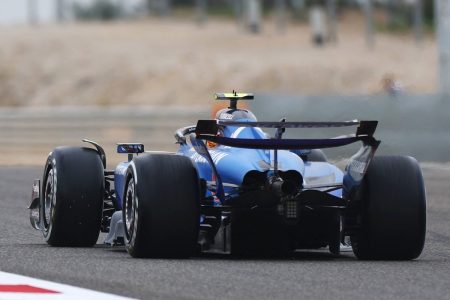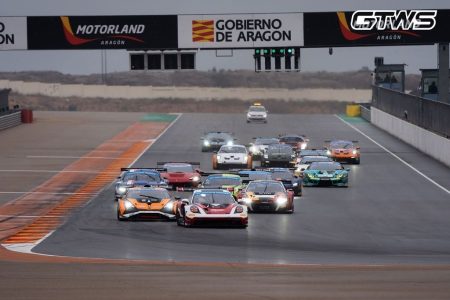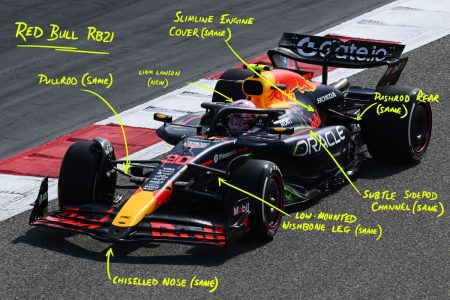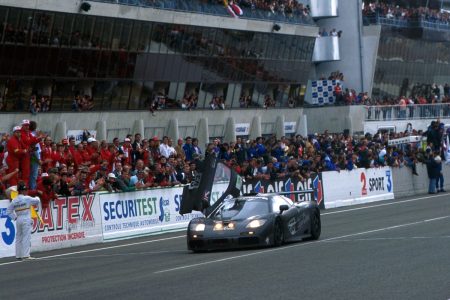Changes to Formula 1’s Sporting Rules for 2025
The Fédération Internationale de l’Automobile (FIA) has introduced a series of significant changes to Formula 1’s (F1) sporting rules for the 2025 season. Among the most notable alterations are adjustments concerning formation laps and the handling of damaged cars. These changes aim to close potential loopholes and enhance the safety and fairness of the sport.
Formation Lap Regulations Tightened
One of the key changes is to Article 43.8 of F1’s sporting rules, which now stipulates that "all cars starting from the pitlane able to do so must leave the pitlane and join the formation lap." Previously, these cars would only leave their garages when the grid was finally forming up, effectively skipping the formation lap. This new rule ensures that all cars, regardless of their starting position, participate in the formation lap.
The motivation behind this change is to prevent teams from exploiting several loopholes. For instance, under the 2024 rules, pitlane starters could join an extra formation lap or formation laps held behind the safety car, which could lead to an unfair advantage. Additionally, in the event of an aborted start and an extra formation lap, cars starting from the pitlane could gain an extra lap of fuel, even with the race distance reduced by one lap. In wet conditions, a pitlane starter could wait for the track to improve and then head out on intermediate tyres, while other drivers would have to pit at the end of the first racing lap to switch tires. By requiring all pitlane starters to complete all formation laps, the FIA aims to ensure a fair and consistent starting procedure.
Handling of Damaged Cars
Another significant change addresses what happens when a driver tries to bring a damaged car back to the pitlane after an incident. Although the FIA insists that this change is not a direct response to any specific 2024 incident, an illustrative example from last year’s Canadian Grand Prix involving Red Bull driver Sergio Perez highlights the issue. Perez crashed solo after switching to slick tires and brought his car back to the pitlane with a smashed rear wing, dropping debris onto the track. He was subsequently given a three-place grid penalty for the 2024 Spanish Grand Prix, and Red Bull was fined €25,000.
To prevent similar scenarios, Article 26.10 has been amended to give F1 race director Rui Marques the authority to immediately order a team to stop its car in such circumstances. The new rule states: "Any driver whose car has significant and obvious damage to a structural component which results in it being in a condition presenting an immediate risk of endangering the driver or others, or whose car has a significant failure or fault which means it cannot reasonably return to the pitlane without unnecessarily impeding another competitor or otherwise hindering the competition, must leave the track as soon as it is safe to do so." This change essentially expedites the implementation of the black-flag-with-an-orange disc rule, which previously required damaged cars to return to the pits for repairs.
Enhancing Safety and Fairness
The FIA’s changes are designed to enhance the safety and fairness of the sport. By requiring all cars starting from the pitlane to join the formation lap, the FIA aims to eliminate any potential for unfair advantages. Similarly, the new rule for damaged cars ensures that drivers and teams cannot exploit loopholes to gain an unfair advantage or put other competitors at risk. These adjustments reflect the FIA’s commitment to maintaining the integrity and competitive balance of Formula 1.
Impact on Teams and Drivers
The new rules will have a significant impact on teams and drivers. Teams will need to adapt their strategies to account for the mandatory participation of pitlane starters in the formation lap. This could influence pit stop decisions and race tactics. For drivers, the changes mean that they will need to be more cautious when bringing a damaged car back to the pitlane, as they could be ordered to stop immediately if the damage is deemed significant. This could have implications for their race results and classification.
Conclusion
The FIA’s changes to F1’s sporting rules for the 2025 season reflect a proactive approach to addressing potential loopholes and enhancing the safety and fairness of the sport. By tightening regulations around formation laps and the handling of damaged cars, the FIA aims to ensure that all competitors are on a level playing field. These changes will require teams and drivers to adapt their strategies and behaviors, ultimately contributing to a more competitive and exciting Formula 1 season.

